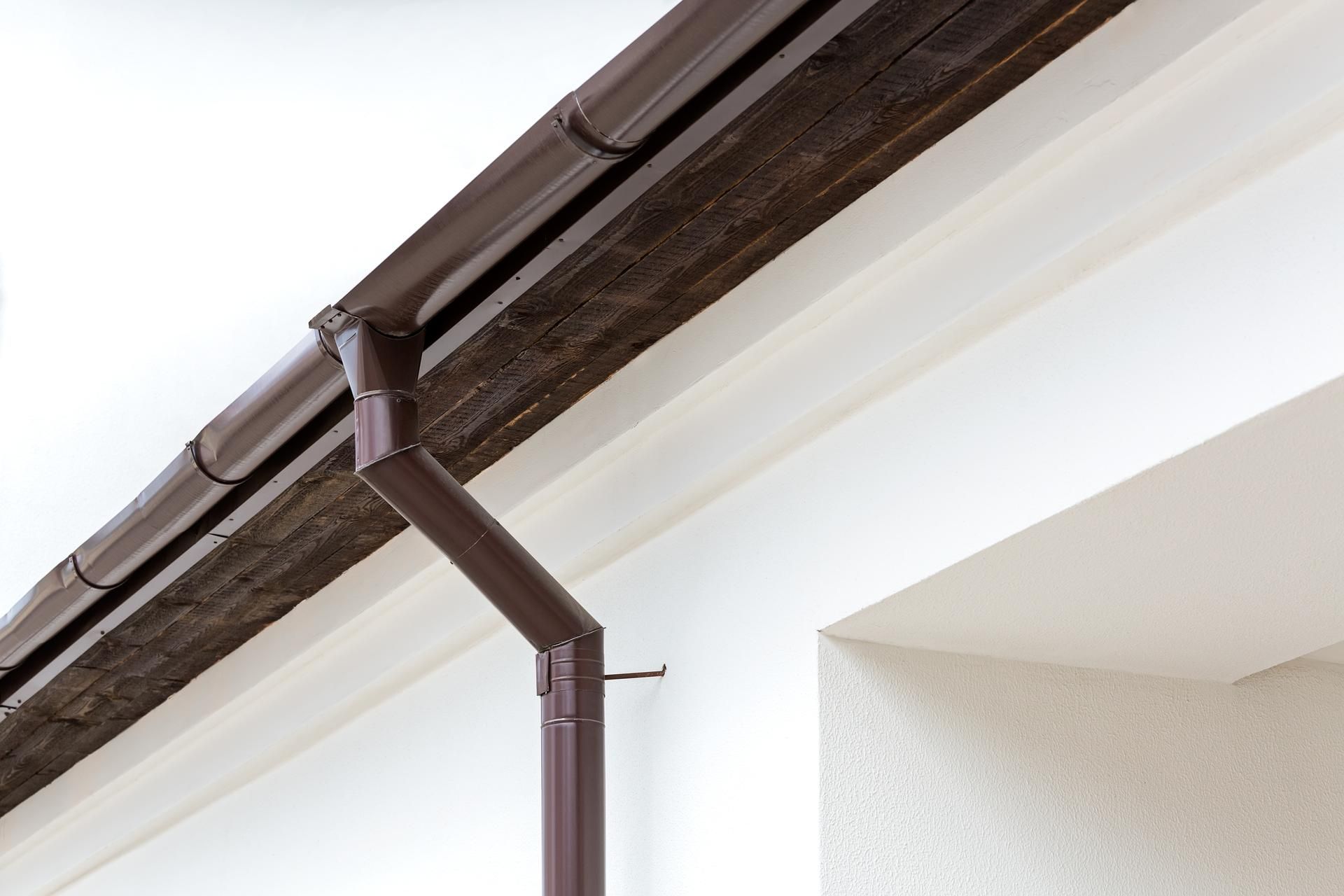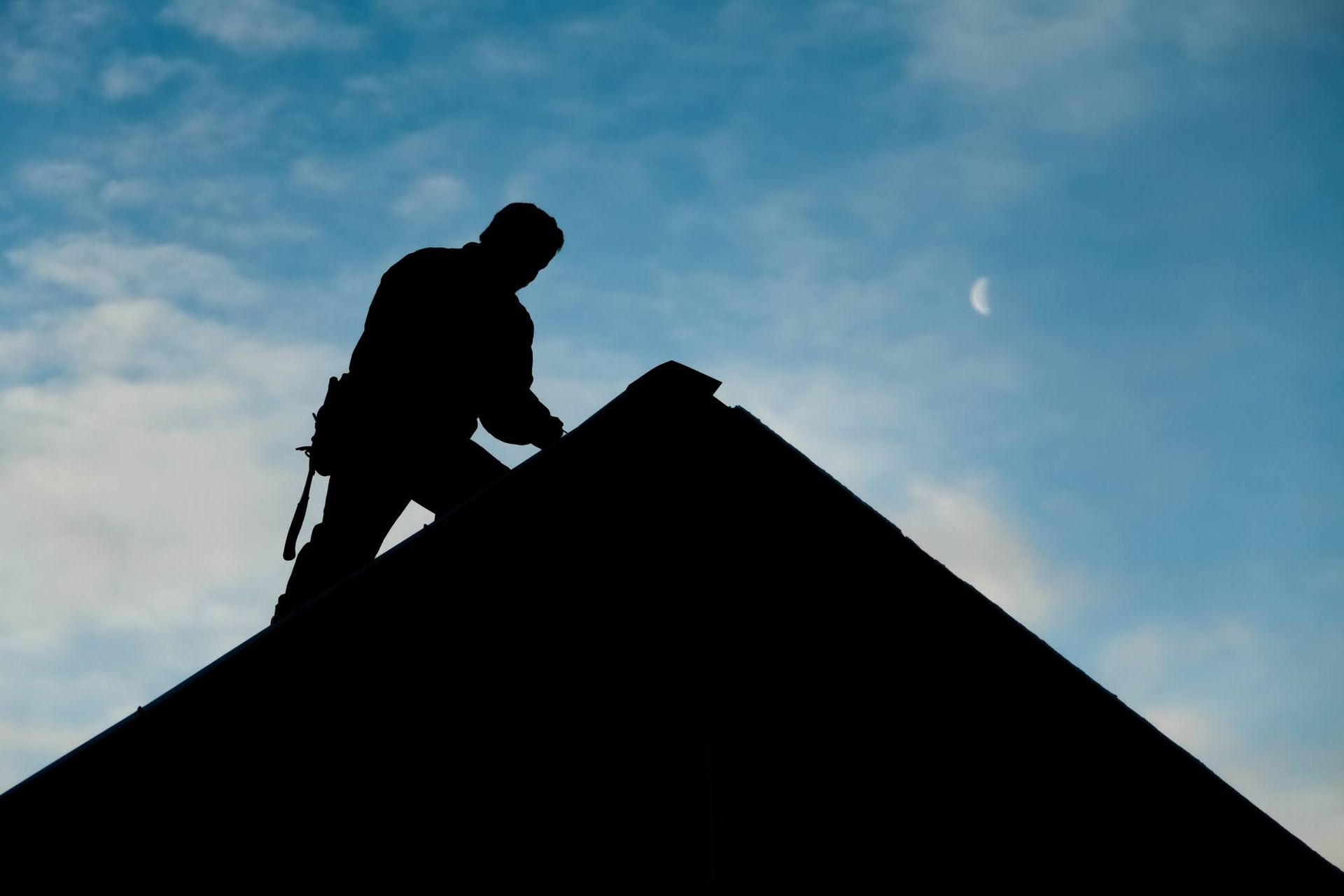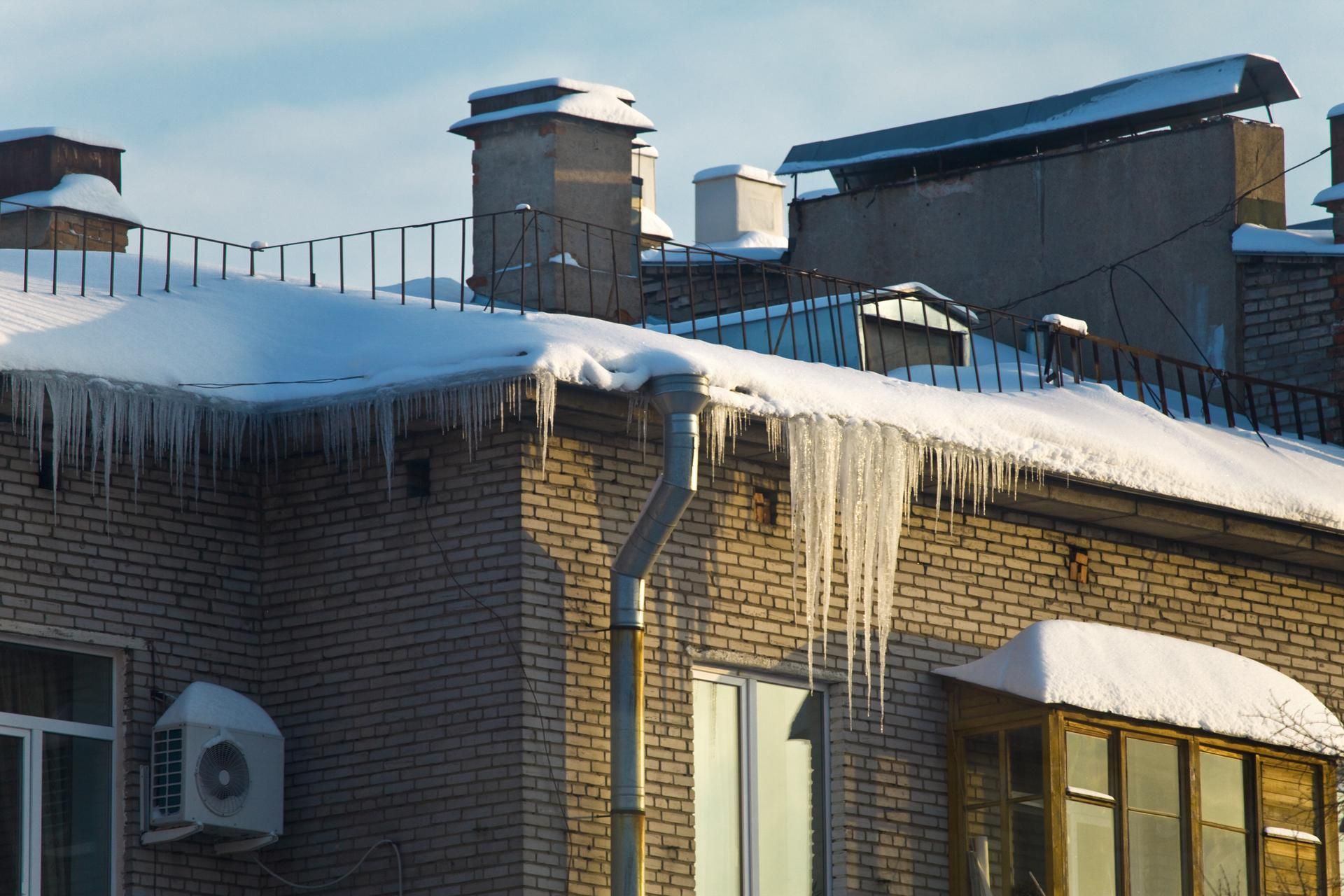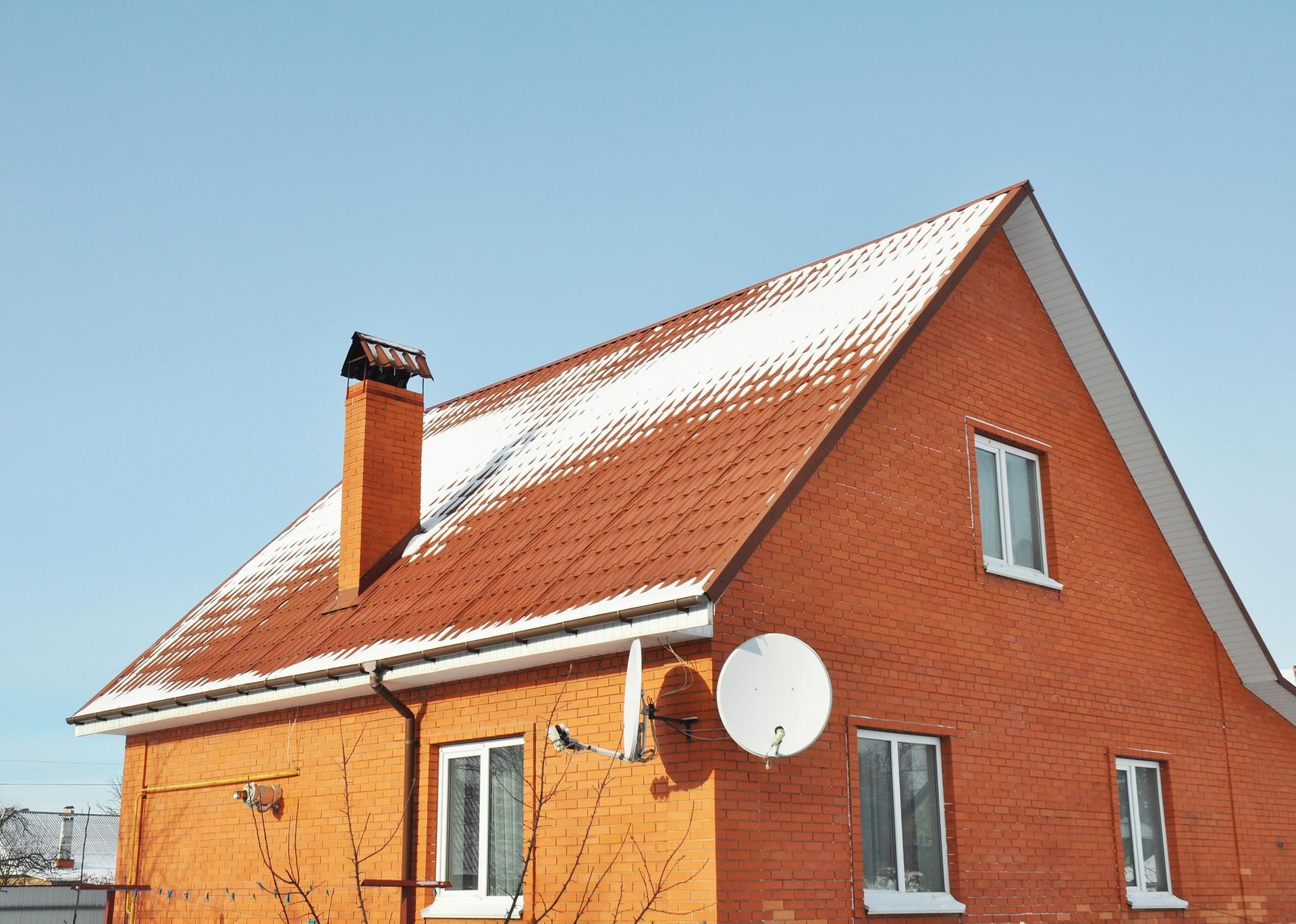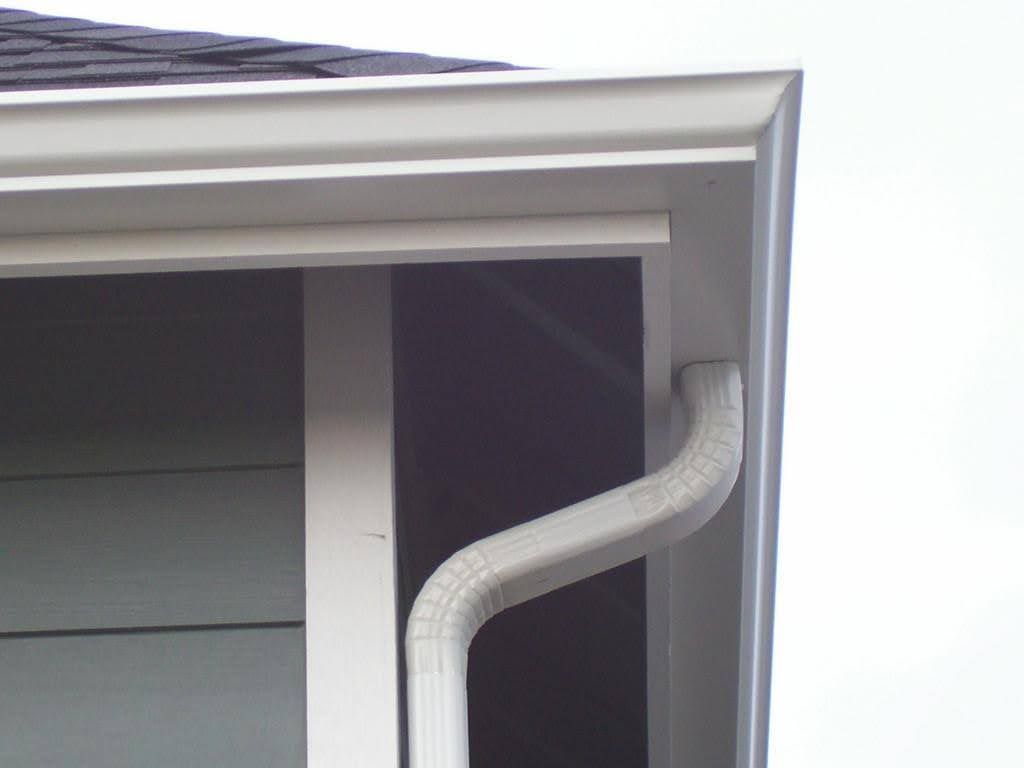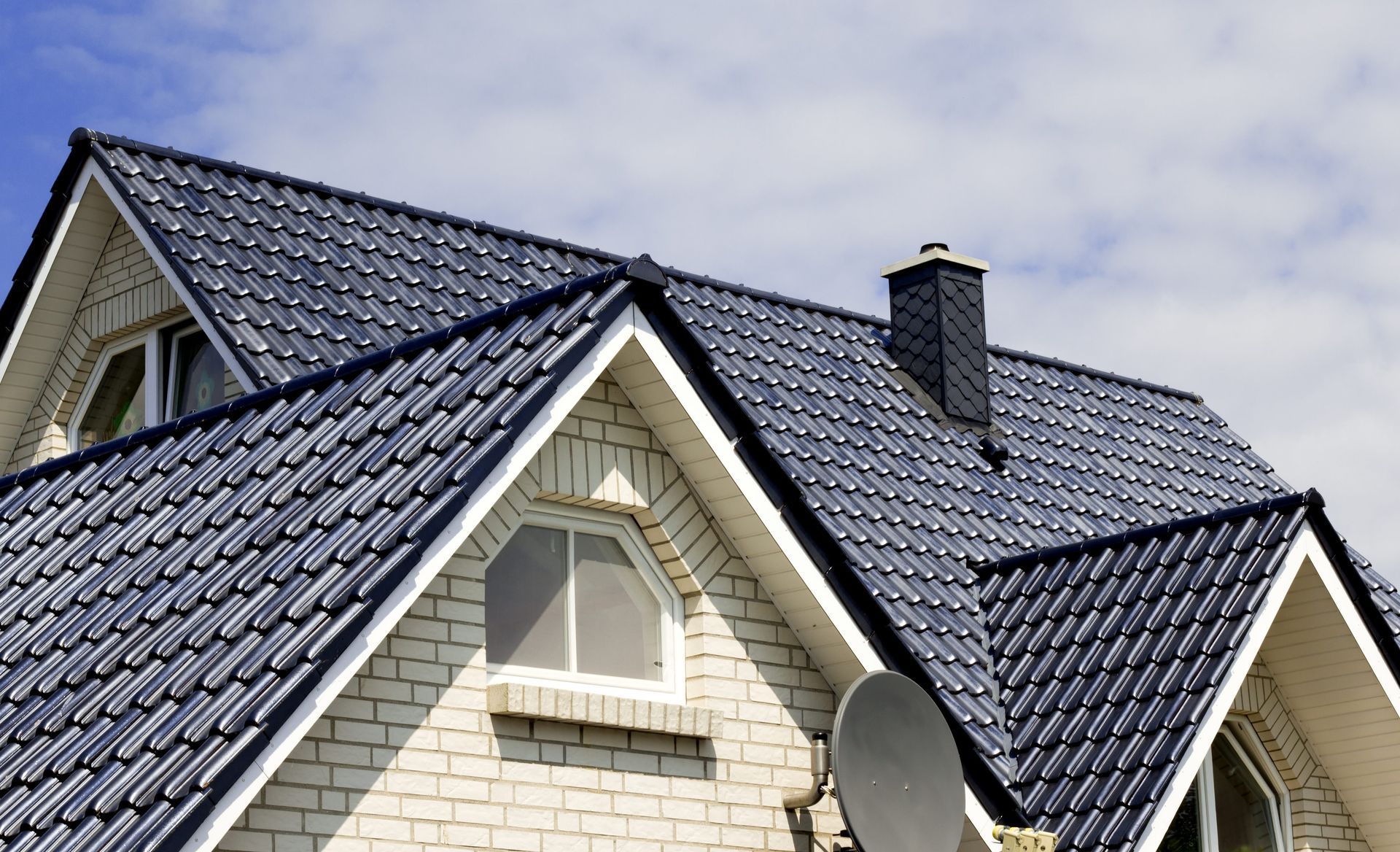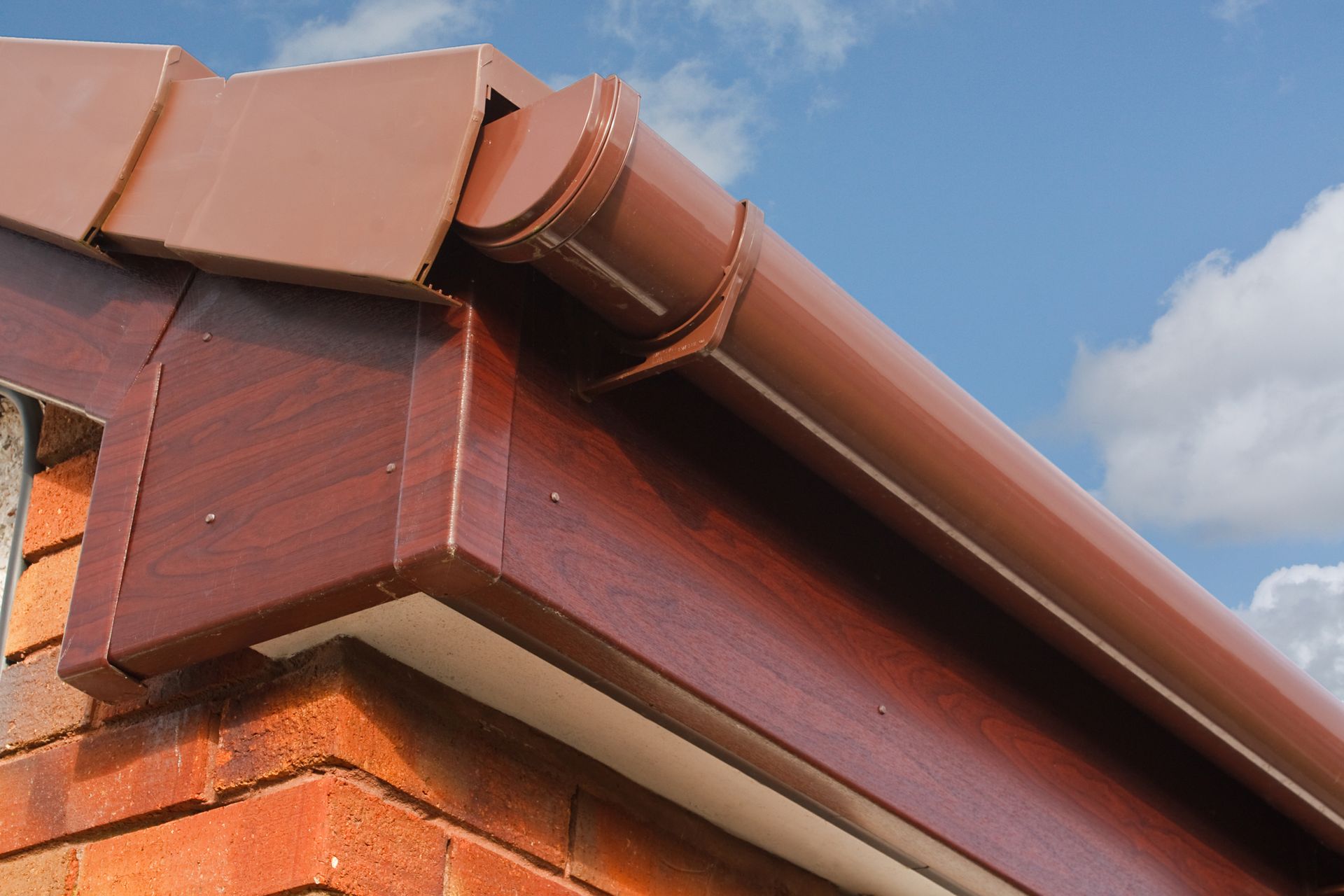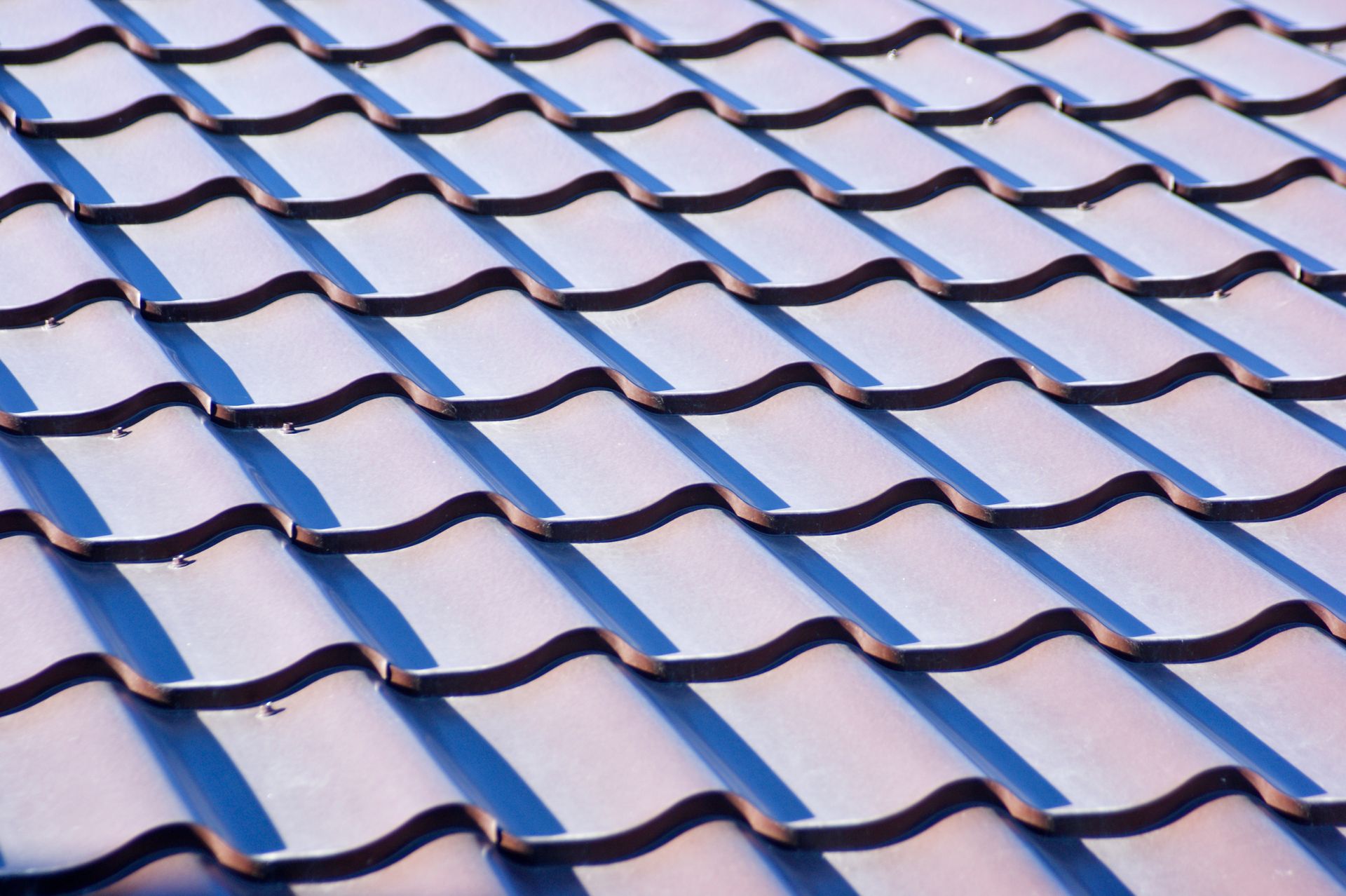CALL US NOW! (202) 710-9160
Be Careful of Excess Snow on Your Roof
Roofs in the Capital Region are built with local weather in mind. Unfortunately, even the strongest examples have limits on what they can and can't support. As a result, you should pay attention to the accumulation of snow on your roof so you're ready to act if you ever see anything problematic. Things should be fine most of the time. However, stepping in sooner can save you much frustration if intervention becomes necessary.
Light Snow Is Less of an Issue
Light snow shouldn't be an issue when your roof is in good condition. If anything, a bit of covering can be a boon. After all, the snow creates an extra layer of material around your building, bolstering its insulation when most needed.
Still, it's best to be careful even with light snow because roof problems can be hard to detect. That means there's a real chance of your building having already suffered water damage when you notice something is wrong. This can happen because heat will escape through gaps in your roof. That can melt the snow, thus making it capable of entering your roof and building in liquid form.
Water damage restoration won't be cheap. Bob Vila says you can expect to pay $1,305 to $5,707, a significant sum for most people. You should also be concerned about the potential for melting snow to worsen your roof problems.
Water is a notable exception to how things tend to contract when cooled. Fluctuating temperatures can cause multiple rounds of damage from melted snow seeping everywhere before worsening existing flaws and faults through its frozen expansion.
Heavy Snow Is Even More Concerning
Heavy snow can cause the same issues. On top of these, it can cause your roof to cave in with sufficient build-up. There isn't an easy way to determine whether there's too much snow build-up. Instead, make do with watchful observation.
For instance, snow can be dry or wet. The former won't stick together. In contrast, the latter like to form chunks and clumps. Moister snow is denser, meaning you should be more concerned about it building up despite using less space. Luckily, you don't need to collect snow from your roof to check its consistency. If you're curious, you can look at the snow on the ground instead.
There are more blatant indications that your roof is overloaded. One of the signs is your building's structure bowing under pressure. You might find it harder to close your doors. Similarly, you might find new cracks around your doors and windows.
More blatant indications can include but aren't limited to loud noises, sagging ceilings, and cracks running down the walls. If you notice these things, leave the building before calling for emergency assistance.
You Have Several Snow Removal Methods
You have several ways to remove the snow building up on your roof if you're concerned about its weight. Many involve the use of everyday objects. One example would be throwing a rope over the building before using a sawing motion to loosen the snow until it slides off. This is easiest when you have two people, but you can improvise by tying something heavy to one end of the rope. Other examples include rakes, de-icers, and heating cables.
Be warned that everyday objects aren't always suitable for removing snow from your roof. Rock salt sees widespread use on roads, but it's corrosive enough that it shouldn't be used on roofs.
Meanwhile, metal shovels and anything too hard are out because they could damage the roofing material beneath its coverage. You'd also be wise to protect yourself. Have a spotter, wear protective clothing, avoid moving snow, and stay on the ground.
Contact United Roofing LLC if you need wintertime roofing. Professionals can help you with inspections, repairs, and maintenance based on the situation.
BROWSE OUR WEBSITE
CONTACT INFORMATION
Phone:
LICENSE NUMBER:
#410522000047
BUSINESS HOURS
- Mon - Fri
- -
- Saturday
- -
- Sunday
- Closed




Financing Available




